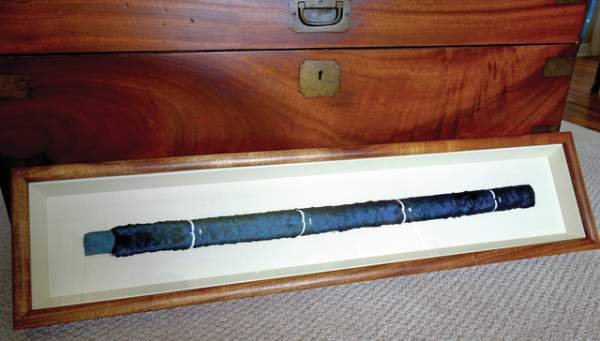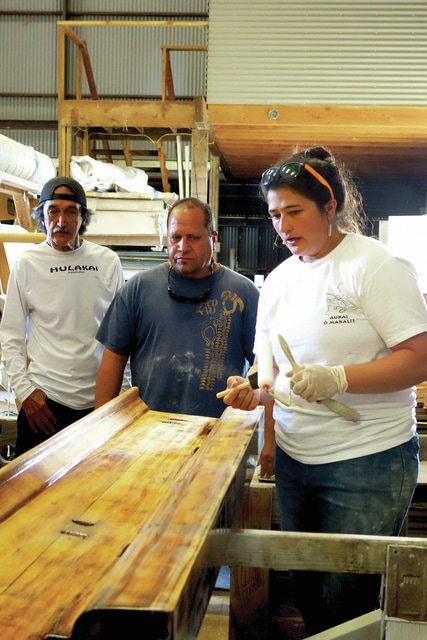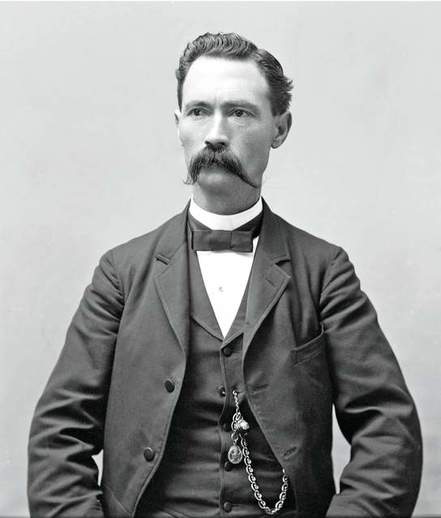Many lei traditions were carried on by paniolo. Aunt Tsugi learned her craft from her brother Yutaka, who was a master lei maker. “The cowboys wore flower lei, feather lei and it's amazing because of the kind of work they do. But they would come home with the lei still on their hats. Just maybe not the way it was when they left,” said Mills.
Before Leo became a master lei maker, she taught home economics and then elementary school for many years. “I started out in Connecticut teaching there. Then I moved back here and taught at Kohala High School,” said Mills. It was in Waimea that she met her husband, Clarence Mills, also taught at Kohala. “I met my husband and we married and we both went to O'ahu and taught at Kahuku High School,” said Mills.
But family brought them back home to Hawaii Island. “His (Clarence’s) mom and dad were getting up in years and they lived in Honokaa and so we both applied for jobs in Honokaa and we were hired. And after 30 years there I retired,” said Mills.
Mills’ apprenticeship ranged from preserving bird pelts to painting classes. “She had me take all these different art classes at the Firehouse Gallery. A lot of times when you create a lei it involves design, color combination and patterns and it really helped,” she explained.
The creation of art requires a special state of mind and over the years, Mills has developed a kind of meditative state for lei making. “Before you start, calm yourself down and before you pick up your feathers and start sewing say a little prayer, clear you mind of everything. It was difficult for me at first to do that because when I entered my work room, my mind was just going,” said Mills. “It took several years. It didn't just come like that. I play my CDs. I love piano. Today, it just comes as soon as I enter my room,” she added.
For Mills, lei making is often inspired by an appreciation of nature’s creations. “When I look at it (feather) on the pelt, it's so beautiful and then when I clip it and take it off, it no longer looks that beautiful because I’ve taken it away from the beauty that it was a part of. Then it's my job to create that beauty on the lei,” said Mills.

Another special request came from Keoki Freeland, a hunter from Maui, whose great grandmother is the one who taught Yutaka to make feather lei. When he requested a lei for his wife, Kohala artist Elizabeth Woodhouse, Mills was in a quandary thinking about how to design it.
“What would an artist do? If I had a pallet in front of me (I call my feather things my pallet) I'd probably just brush it all together. So I cut the feathers and just mixed them all up and I told her ‘This is a splash on your pallet’ and she loved it,” said Mills.
Reflecting over the years, Mills has had some “aha” moments. “After I completed my apprenticeship and I was invited to the academy of arts to share my work. That was my first contact with other Hawaiian artists. It just so happened that I sat next to the Niihau shell people. I learned so much from them. It opened my eyes to other forms of Hawaiian art,” said Mills.
Then she was invited to go to Arizona to participate in the 2006 Western Arts Festival and although she couldn’t go, she contributed one of her lei. “They gave it to one of the hat makers, Randy Rains from Montana. They put it on his hat and displayed our work at the Phoenix airport,” said Mills.
It also made a connection for her between the art of the paniolo and the art of Western cowboys. “It all started with the cowboys and I was able to share my art outside of Hawaii and with a different kind of art,” said Mills.
Her last aha moment so far, was a tribute to the art she has shared for the last 18 years at the Four Seasons Resort. A regular guest decided he wanted to give something back to the resort and decided to renovate the employee dining room.
“I remember them coming because they had little children and they used to come to the Hawaiian Cultural center while I did my work,” said Mills. As part of the renovation, “He requested to have my work in it. We spent months putting together everything and a photographer took pictures of my pelts to show how leis are put together,” said Mills.
Over the years, Mills has passed her art on to about 25 students in the hopes that feather lei will continue to reflect the beauty of our island into the future.










 RSS Feed
RSS Feed
